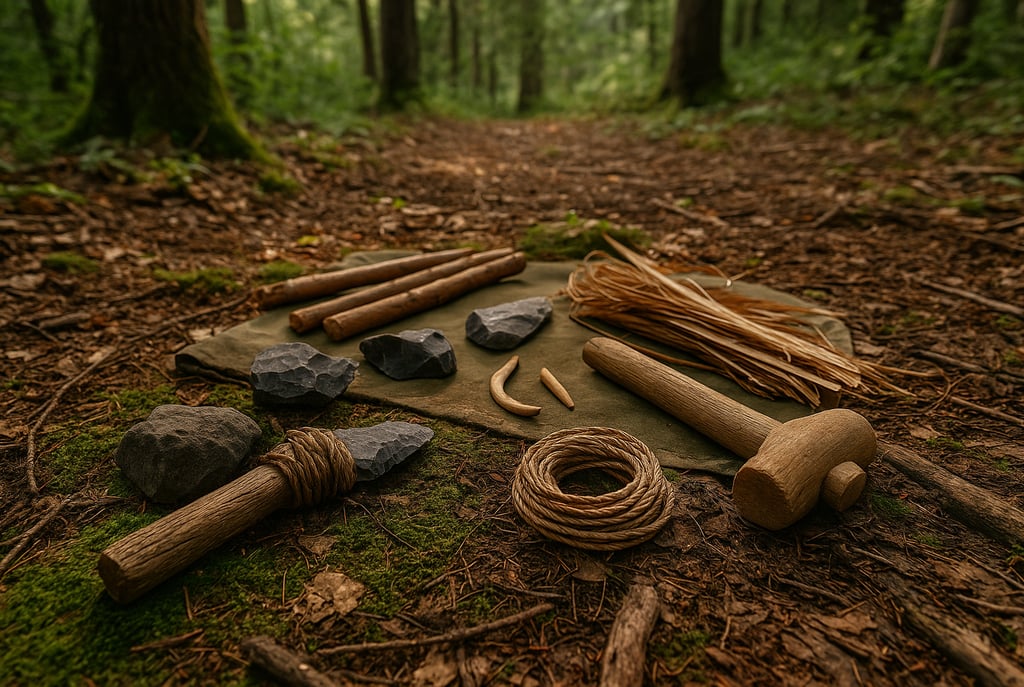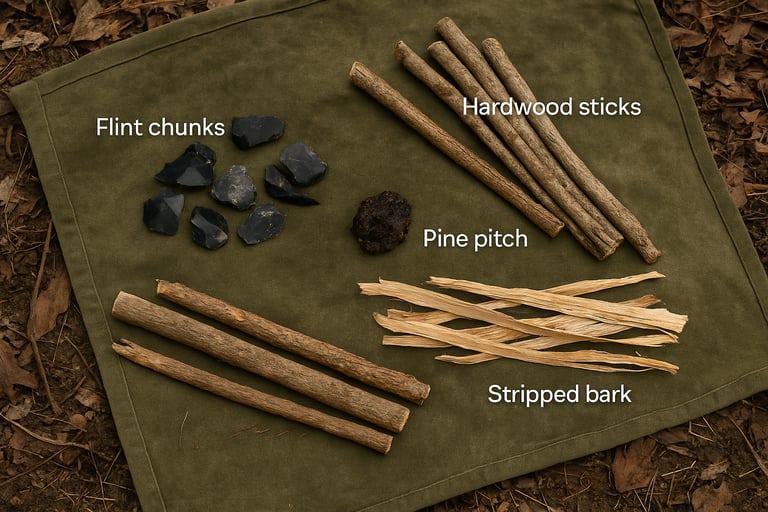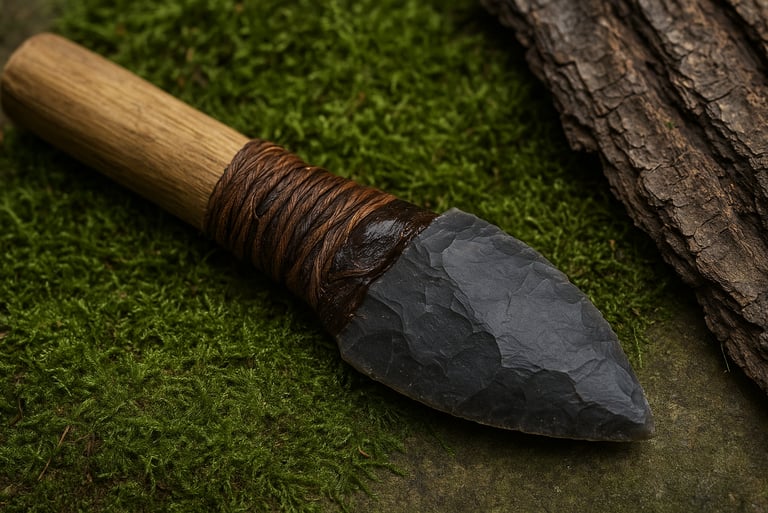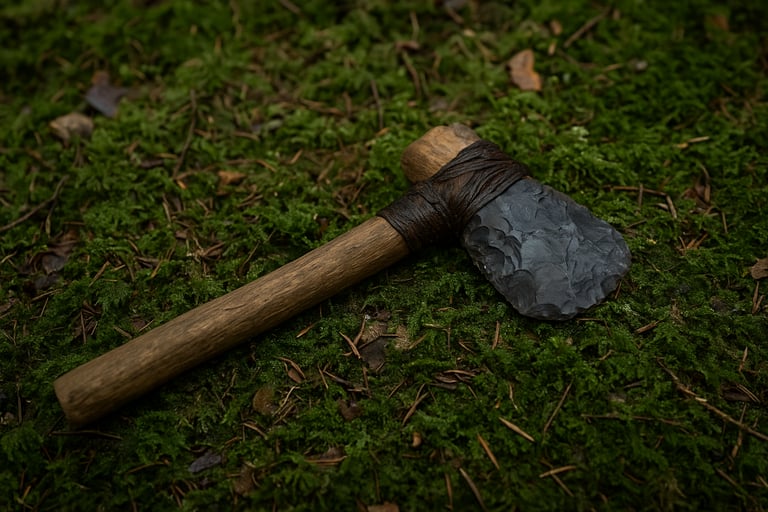DIY Survival Tools: How to Craft Useful Gear from Natural Materials
Learn how to make DIY survival tools using natural materials like wood, stone, and plant fibers. This guide covers primitive toolmaking techniques for crafting useful gear in the wild — from knives and cordage to fishing gear and cooking tools.


DIY Survival Tools: How to Craft Useful Gear from Natural Materials
Why Natural Tools Matter in Wilderness Survival
When you're deep in the wild, the ability to create survival tools from natural resources can be the difference between thriving and struggling. Whether you've lost your gear or are practicing bushcraft intentionally, knowing how to craft functional tools from wood, bone, stone, and plants is one of the most important primitive survival skills you can develop.
These tools might not look as polished as manufactured gear, but they serve the same purpose — and learning to make them builds self-reliance, confidence, and adaptability in unpredictable environments.
Choosing the Right Materials from Nature
The key to building effective DIY survival tools is understanding which natural resources work best. For cutting tools, stones like flint, obsidian, and quartzite break into sharp flakes that can be shaped into blades or scrapers (For a step-by-step guide, see how to make simple cutting tools from stone in the wild). Hardwood branches from species like oak, hickory, or ash are ideal for tool handles, digging sticks, and clubs due to their strength and durability.
Plants also play a huge role. Bark from basswood, cedar, or willow can be soaked and twisted into cordage. Vines like honeysuckle and grapevine can be shaped into baskets or bindings. With practice, you’ll begin to recognize which materials are flexible, which are strong, and which hold an edge.
Primitive Tools You Can Make in the Field
One of the simplest and most essential tools is a cutting implement. Use flintknapping techniques to break a sharp edge from a stone, or simply smash two rocks together until one produces a usable flake. You can attach it to a stick with pitch and sinew to make a basic knife or hand axe.
Cordage is another high-value item (If you’ve never made rope from natural fibers, check out how to make cordage in the wild). Twist fibers from inner bark, yucca, dogbane, or nettles into strong lines that can be used to lash tools, set traps, or build shelters.
Other tools include digging sticks (sharpened hardwood), primitive fish hooks (carved bone or wood), and spears (hardened by fire)(To learn how to make functional fishing gear from scratch, read how to make primitive fishing hooks, lines, and fish traps). The more you experiment, the more you'll discover that your environment offers more than you ever realized.
Simple Binding Techniques and Natural Adhesives
Once you’ve shaped your tools, you’ll often need to bind parts together. Natural cordage can be used for most tasks, especially when wrapped tightly and secured with friction knots. For a stronger hold, pine resin makes an excellent primitive glue. Warm it over coals and apply it to cracks or joints. You can even mix it with powdered charcoal or dried dung to give it more grip.
A classic example: attaching a stone blade to a stick using cordage and resin, forming a primitive but effective hatchet.
Practice Makes Practical
Primitive skills aren’t just about knowledge, they’re about repetition. Try building your first survival tools before you actually need them. Practice in your backyard, during camping trips, or on hikes. See what holds up under use, what breaks, and what could be improved. Over time, you’ll develop the instinct to recognize useful materials and the hands-on skill to shape them.
These aren’t just emergency techniques, they’re empowering. When you learn to craft your own gear from what nature provides, you stop seeing the wilderness as a threat and start seeing it as your workshop.






© 2025. All rights reserved About | Privacy Policy | Terms and Conditions | Affiliate Disclosure | Disclaimer


